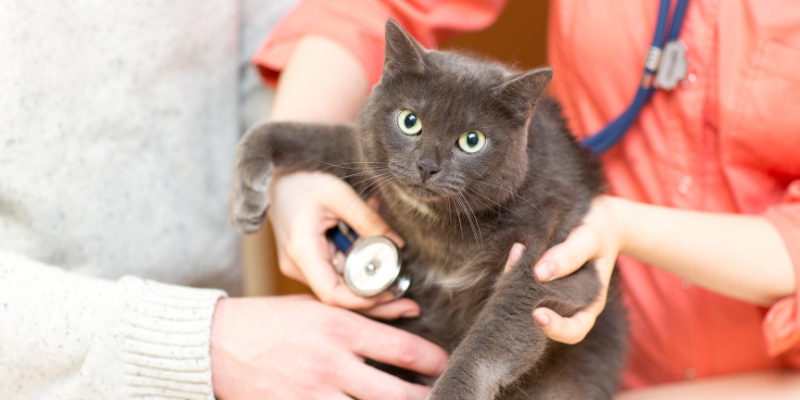We understand visiting the vet can sometimes be a hassle, so we want our appointments to be as efficient and fruitful as possible. We want to show you how to prepare and communicate to ensure every appointment allows us to examine thoroughly and catch issues early before they become big problems, ultimately saving you money, time, and stress while keeping your pet safe and healthy.
Preparation and communication are essential, so here is our list of ‘do’s and ‘please do not’s during routine veterinary visits to help you get the best value from your pet’s next veterinary visit:
Do: Bring relevant samples
If your pet is unwell, bringing appropriate samples for testing can help us make a more rapid diagnosis. A poo sample obtained within the last 12-24 hours (and kept refrigerated) can be helpful if your pet is suffering from diarrhoea, whilst a urine sample (obtained on the morning of the appointment and kept in a cool spot but NOT refrigerated) is helpful for pets showing urination or drinking changes, or as part of a general health check.
Do: Know your pet’s relevant history
Whether your pet’s appointment is routine or for sickness, it’s best if they’re accompanied by someone who knows their history. This includes your pet’s recent eating, drinking and toileting habits, their parasite control routines, any known health issues, and any medications they may be on. This information will help us to make the most relevant treatment recommendations for your pet.
Do: Let us know if your pet may be an unwilling patient
When a pet shows anxious or aggressive behaviours, we may need to take reasonable precautions (with your permission) to allow us to work with them safely. Reasonable precautions may include:
- Temporary anti-anxiety medications.
- Sedatives.
- Humane safety devices like muzzles.
Minimising stress and discomfort to your pet whilst ensuring everyone’s safety is always our primary goal.
Please do not: Surprise us with multiple concerns without prior notice
We want to help with every health concern you have about your pet. However, a standard appointment is optimal for thoroughly discussing one issue. When someone books a standard appointment but tries to cram as many concerns as possible into the session, we don’t have enough time to address everything adequately. To properly investigate each issue, we may require you to book a second appointment, which is often frustrating for owners!
So, what should you do if you have multiple concerns about your pet’s health? If you need to discuss more than one issue, mention this when booking so we can allocate a longer session time for you and your pet – save yourself having to come back twice. Too easy!

